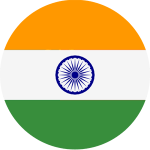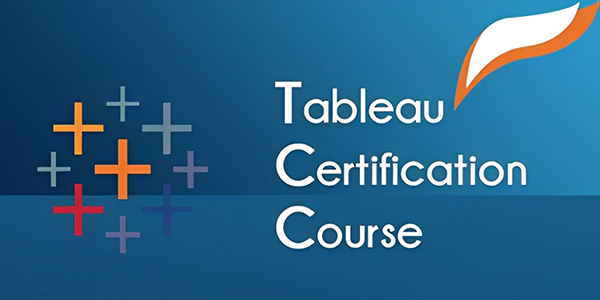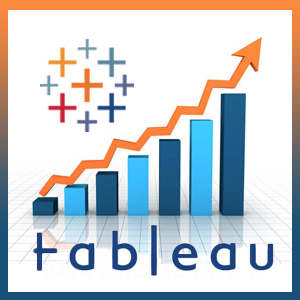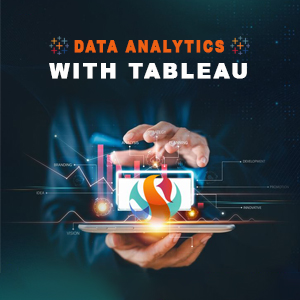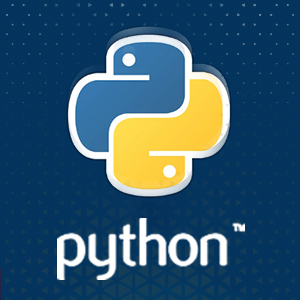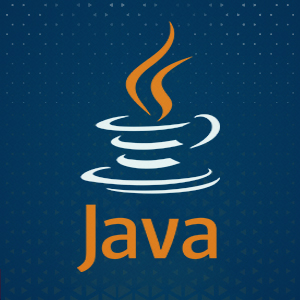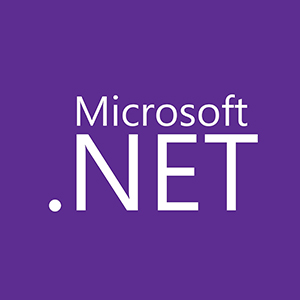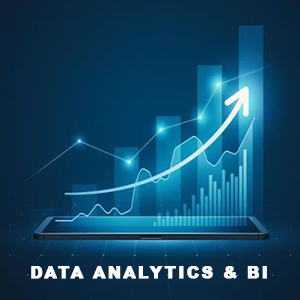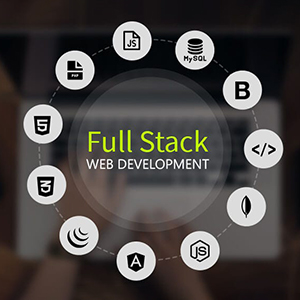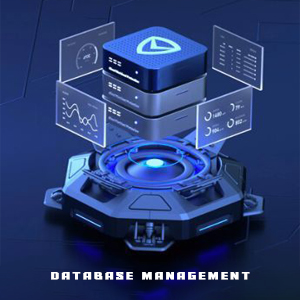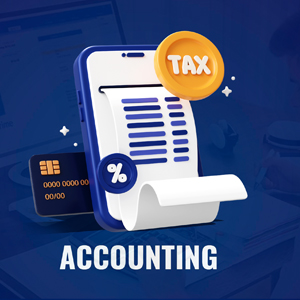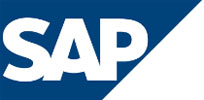Call For Inquiry
- Tableau Desktop: Learn to connect to multiple data sources, create data models, and design interactive reports.
- Tableau Server & Online: Publish and share reports, dashboards, and datasets using Tableau Server and Tableau Online.
- Advanced Calculations: Master Tableau calculations, including LOD Expressions, Table Calculations, and Aggregate Functions.
- Interactive Dashboards: Create dynamic and user-friendly dashboards for effective data presentation.
- Real-World Applications: Apply your skills to real-world scenarios in Business Intelligence and Data Analytics.
- Certification: Receive a globally recognized Tableau Certification to validate your expertise.
Why Choose Insta InfoTech®?
- Expert trainers with real-world experience in Tableau and Data Analytics.
- Hands-on training with practical projects and case studies.
- Flexible learning options (online and offline).
- Placement assistance to help you land roles like Data Analyst, Business Intelligence Developer, and Tableau Consultant.
- Lifetime access to course materials and support.
Who Should Enroll?
- Aspiring Data Analysts and Business Intelligence Professionals.
- IT Professionals looking to upskill in Tableau and Data Visualization.
- Graduates seeking a career in Data Analytics and Business Intelligence.
- Anyone interested in mastering Interactive Dashboards and Real-Time Reporting.
Career Opportunities
1. Tableau Developer
- Responsibilities: Design, develop, and maintain Tableau dashboards and reports. Work with stakeholders to understand requirements and create interactive visualizations.
- Skills Required: Tableau, SQL, data modeling, and data visualization.
- Industries: IT, consulting, finance, healthcare, retail.
2. Business Intelligence Analyst
- Responsibilities: Analyze business data, create dashboards, and provide insights to improve decision-making. Use Tableau to visualize trends and KPIs.
- Skills Required: Tableau, SQL, data visualization, and business analysis.
- Industries: Banking, e-commerce, logistics, manufacturing.
3. Data Analyst
- Responsibilities: Collect, clean, and analyze data using Tableau. Create reports and dashboards to present findings to stakeholders.
- Skills Required: Tableau, Excel, SQL, and data visualization.
- Industries: Finance, healthcare, retail, IT.
4. Data Visualization Specialist
- Responsibilities: Create visually appealing and interactive dashboards using Tableau. Translate complex data into easy-to-understand visuals.
- Skills Required: Tableau, Power BI, data visualization, and design principles.
- Industries: Marketing, advertising, media, consulting.
5. Reporting Analyst
- Responsibilities: Develop and maintain reports using Tableau. Ensure data accuracy and provide actionable insights to management.
- Skills Required: Tableau, SQL, data visualization, and reporting tools.
- Industries: IT, consulting, healthcare, finance.
6. Business Analyst
- Responsibilities: Use Tableau to analyze business processes, identify trends, and recommend improvements. Prepare detailed reports and presentations.
- Skills Required: Tableau, SQL, business intelligence tools, and data analysis.
- Industries: Banking, e-commerce, logistics, manufacturing.
7. Financial Analyst
- Responsibilities: Use Tableau to create financial models, forecasts, and budgets. Analyze financial data and generate reports for stakeholders.
- Skills Required: Tableau, Excel, financial modeling, and data analysis.
- Industries: Banking, investment firms, corporate finance.
8. Marketing Analyst
- Responsibilities: Analyze marketing campaign data, track performance, and generate reports using Tableau.
- Skills Required: Tableau, marketing analytics tools, and data visualization.
- Industries: Marketing, advertising, consumer goods.
9. Consultant (Business Intelligence)
- Responsibilities: Work with clients to implement Tableau solutions, create dashboards, and provide training.
- Skills Required: Tableau, consulting, data visualization, and communication.
- Industries: Consulting firms, IT services.
10. Operations Analyst
- Responsibilities: Analyze operational data, optimize processes, and create performance reports using Tableau.
- Skills Required: Tableau, process optimization, and data analysis.
- Industries: Logistics, supply chain, manufacturing.
- WHAT IS DATA VISUALIZATION?
- COMPARISON AND BENEFITS AGAINST READING RAW NUMBERS
- REAL USE CASES FROM VARIOUS BUSINESS DOMAINS
- SOME QUICK AND POWERFUL EXAMPLES USING TABLEAU WITHOUT GOING INTO THE TECHNICAL DETAILS OF TABLEAU
- INSTALLING TABLEAU
- TABLEAU INTERFACE
- ARCHITECTURE OF TABLEAU
- INTERFACE OF TABLEAU (LAYOUT, TOOLBARS, DATA PANE, ANALYTICS PANE, ETC.)
- TABLEAU FIELD TYPES
- SAVING AND PUBLISHING A DATA SOURCE
- LIVE VS EXTRACT CONNECTION
- VARIOUS FILE TYPES
- THE WAYS TO SHARE AND EXPORT THE WORK DONE IN TABLEAU
- BASIC CHARTS
- DUAL AXES GRAPHS
- CONNECTING TO DATA SOURCE
- TABLEAU DATA TYPES
- CONNECTION TO EXCEL
- CUBES AND PDFS
- MANAGEMENT OF METADATA AND EXTRACTS
- DATA PREPARATION
- JOINS (LEFT, RIGHT, INNER, AND OUTER) AND UNION
- DEALING WITH NULL VALUES
- CROSS-DATABASE JOINING, DATA EXTRACTION, DATA BLENDING, REFRESH EXTRACTION,
- INCREMENTAL EXTRACTION, HOW TO BUILD EXTRACT, ETC.
- ADVANCED JOINS
- MARK AND HIGHLIGHT
- GROUPS
- SETS (CREATING AND EDITING SETS, IN/OUT)
- BINS
- HIERARCHIES
- FOLDERS
- SORTING AND TYPES
- USING THE FORMATTING PANE TO WORK WITH THE MENU, FONTS, ALIGNMENTS, SETTINGS, ETC.
- EDITING AXES AND ANNOTATIONS
- FILTERS (ADDITION AND REMOVAL)
- FILTERING CONTINUOUS DATES, DIMENSIONS, AND MEASURES
- FILTERING IN TABLEAU
- TYPES OF FILTERS
- FILTERING THE ORDER OF OPERATIONS
- K-MEANS CLUSTER ANALYSIS
- TREND AND REFERENCE LINES
- VISUAL ANALYTICS IN TABLEAU
- FORECASTING, CONFIDENCE INTERVAL, REFERENCE LINES, AND BANDS
- WORKING ON COORDINATE POINTS
- PLOTTING LONGITUDE AND LATITUDE
- EDITING UNRECOGNIZED LOCATIONS
- CUSTOMIZING GEOCODING, POLYGON MAPS, WMS: WEB MAPPING SERVICES
- WORKING ON THE BACKGROUND IMAGE, INCLUDING ADD IMAGE
- PLOTTING POINTS ON IMAGES AND GENERATING COORDINATES FROM THEM
- MAP VISUALIZATION, CUSTOM TERRITORIES
- HOW TO CREATE MAP PROJECTS IN TABLEAU
- CREATING DUAL AXES MAPS, AND EDITING LOCATIONS
- CALCULATION SYNTAX AND FUNCTIONS IN TABLEAU
- VARIOUS TYPES OF CALCULATIONS, INCLUDING TABLE, STRING, DATE,
- AGGREGATE, LOGIC, AND NUMBER
- LEVELS OF DETAILS: FIXED LEVEL, LOWER LEVEL, AND HIGHER LEVEL
- QUICK TABLE CALCULATIONS
- THE CREATION OF CALCULATED FIELDS
- QUICK LODS
- CREATING PARAMETERS
- PARAMETERS IN CALCULATIONS
- USING PARAMETERS WITH FILTERS
- COLUMN SELECTION PARAMETERS
- CHART SELECTION PARAMETERS
- HOW TO USE PARAMETERS IN THE FILTER SESSION
- HOW TO USE PARAMETERS IN THE REFERENCE LINE
- WHAT IS A DASHBOARD?
- BUILDING AND FORMATTING A DASHBOARD USING SIZE, OBJECTS, VIEWS, FILTERS, AND LEGENDS
- BEST PRACTICES FOR MAKING CREATIVE AS WELL AS INTERACTIVE DASHBOARDS USING THE ACTIONS
- CREATING STORIES
- ADDING ANNOTATIONS WITH DESCRIPTIONS; DASHBOARDS AND STORIES HIGHLIGHT ACTIONS, URL ACTIONS, AND FILTER ACTIONS
- SELECTING AND CLEARING VALUES
- DASHBOARD EXAMPLES USING TABLEAU WORKSPACE AND TABLEAU INTERFACE
- INTRODUCTION TO TABLEAU PREP
- HOW TABLEAU PREP HELPS QUICKLY COMBINE JOIN, SHAPE, AND CLEAN DATA FOR ANALYSIS
- CREATION OF SMART EXAMPLES WITH TABLEAU PREP
- GETTING DEEPER INSIGHTS INTO THE DATA WITH GREAT VISUAL EXPERIENCE
- MAKING DATA PREPARATION SIMPLER AND ACCESSIBLE
- INTEGRATING TABLEAU PREP WITH TABLEAU ANALYTICAL WORKFLOW
- INTRODUCTION TO R LANGUAGE
- APPLICATIONS AND USE CASES OF R.
- CONNECTING TO DATA
- TRANSFORMING DATA
- WORKING WITH CALCULATIONS AND EXPRESSIONS
- VISUALIZING DATA
- BUILDING LINE GRAPHS, BAR CHARTS, AND DASHBOARDS
- TABLEAU PREP
- INTEGRATION OF TABLEAU WITH R

Related Courses
Explore Our Top Categories
The Ultimate IT Training: From Basics to Breakthroughs Join Our free WebinarData Analytics
Are you ready to future-proof your IT career and stay ahead in the fast-evolving tech landscape? Join our exclusive webinar, Transform Your IT Career!
20 May, 2025 - 11- AM
Free Webinar
Register Now
Our Blogs
Latest Blog Updates



Transform Your Career with Insta InfoTech - Premier IT Training Institute
Join Insta InfoTech for cutting-edge IT training programs designed to boost your skills and career prospects. Offering expert-led Courses in Software Development, Data Science, Cybersecurity, and more.
00+
Trained Students
00+
Years of Experience
00+
Countries Represented
00x7
Support


Insta Infotech
What We Offer
At Insta Infotech, we specialize in a wide array of courses across domains like:
Programming Languages: Java, Python, C++, .NET, and more.
Data Science & Analytics: Machine Learning, AI, Big Data.
Cloud Computing & DevOps: AWS, Azure, Docker, Kubernetes.
Cybersecurity: Ethical Hacking, Network Security.
Digital Marketing: SEO, Social Media, Content Marketing.
Database Management: SQL, PL/SQL, MongoDB, Oracle.
Send Us Email

